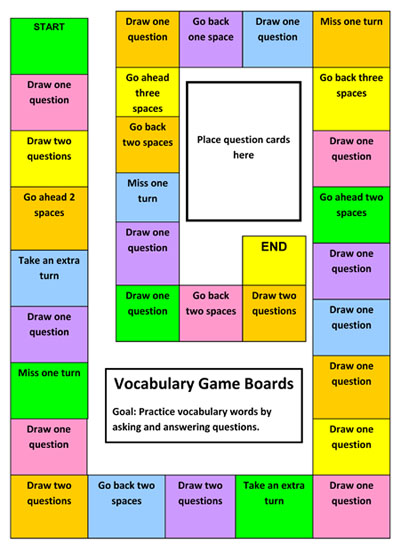- MN ABE Connect
- Archive
- A Trio of Academic Vocabulary Resources
A Trio of Academic Vocabulary Resources
Marn Frank, Literacy & STAR CoordinatorStrong academic vocabulary knowledge is essential for ABE/ESL students who want to complete their GED or adult diploma, attend technical school or college, or advance in a career. The experts recommend explicitly teaching academic vocabulary (or Tier 2 words) as soon as students “can manage everyday conversation.” In recent years, three resources have been made freely accessible from the ATLAS website.
Academic Vocabulary Curriculum
In 2012 (with permission from the original authors), an academic vocabulary curriculum was adapted by Melissa Lupinek and Vicki Ostrom from Central MN ABE. This Vocabulary Units resource is composed of 16 units and 32 lessons. Each lesson has Teacher Notes for modeling, Student Activities for guided practice and application, and Teacher Answer Keys for checking. This resource to improve knowledge and usage is posted in the Vocabulary section of the Reading resource library (click on Vocabulary on the right).
 Vocabulary Units Game
Vocabulary Units Game
In 2015, Kristen Knudson, a teacher from Hennepin County Adult Corrections, created a game board and 8 sets of question cards for Units 1-4 of the 2012 Vocabulary Units resource. Small groups of students move around the game board by asking and answering questions about academic vocabulary. The materials for this game were just posted in the Vocabulary section of the Reading resource library, right under the Vocabulary Units.
Tiered Sentence Combining
In 2014, I created a reading-writing resource called Tiered Sentence Combining (TSC). Because I needed an organization, I aligned the exercises with the academic word order from the 2012 resource. However, a group of STAR teachers, who piloted this resource, found that many of their students were greatly challenged by sentence combining. In response, I included alternative or pre-exercises that use every day or basic (Tier 1) words. TSC includes 6 strategies and 32 exercise to improve sentence writing:
- Strategies One to Five (Exercises 1-28) provide instruction and practice with using and, but, or to combine words or phrases from short sentences with addition, contrast, or choice relationships. The combinations remain of simple structure but may include two subjects, objects, verbs, or predicates.
- Strategy Six (Exercises 29-32) provides instruction and practice with so to combine clauses from sentences with cause and effect relationships. The combinations are of compound structure and always include two independent clauses separated by a comma.
This resource posted in the Classroom Resources section of the Writing resource library (click on Classroom Resources on the right). It’s a Word document so that language adjustments can be made as needed.
Newsletter Signup
Get MN ABE Connect—the official source for ABE events, activities, and resources!
Sign UpArticle Categories
- ABE Foundations/Staff Onboarding
- ACES/Transitions
- Adult Career Pathways
- Assessment
- CCR Standards
- Citizenship
- COVID-19
- Cultural Competency
- Digital Literacy/Northstar
- Disabilities
- Distance Learning/Education
- ELA
- Equity/Inclusion
- ESL
- HSE/Adult Diploma
- Listening
- Math/Numeracy
- Mental Health
- Minnesota ABE
- One-Room Schoolhouse/Multilevel
- Professional Development
- Program Management
- Reading
- Remote Instruction
- Science
- Social Studies
- Speaking/Conversation
- Support Services
- Teaching Strategies
- Technology
- Uncategorized
- Volunteers/Tutors
- Writing
